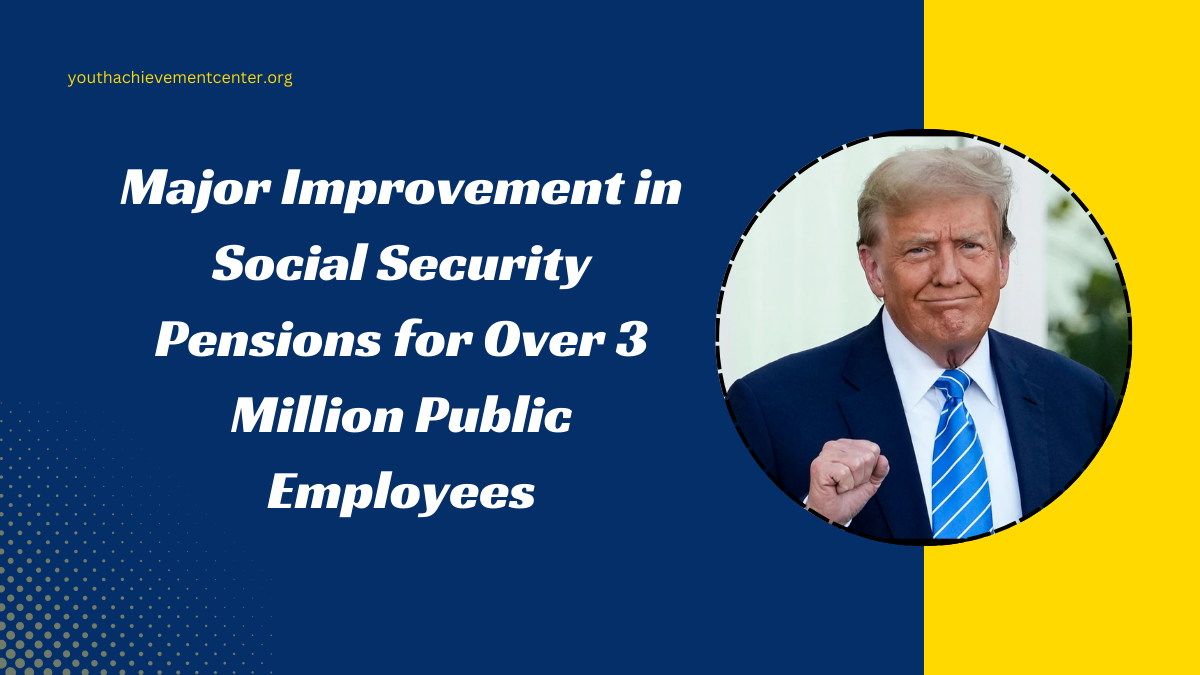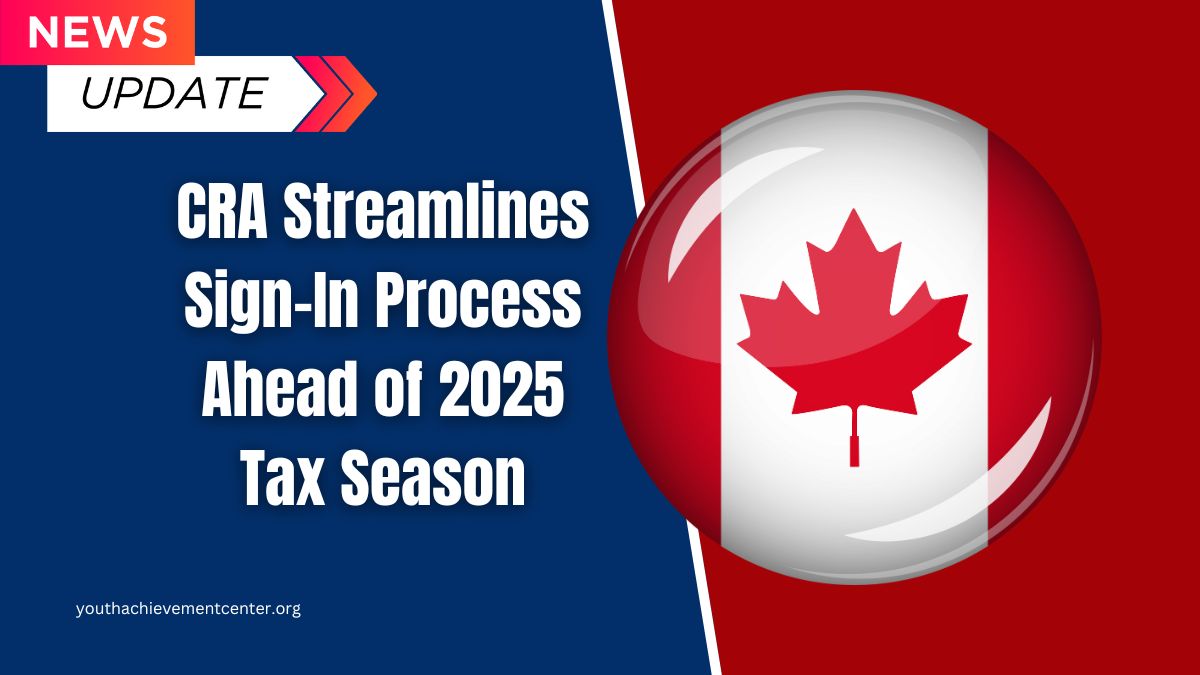A recent Senate vote has approved the long-anticipated Social Security Fairness Act, marking a significant change for millions of public sector workers. This reform restores Social Security benefits that had been reduced or denied for decades to public employees, including teachers, police officers, and firefighters, who also receive pensions.
What is the Social Security Fairness Act?
The Social Security Fairness Act addresses long-standing disparities caused by the Windfall Elimination Provision (WEP).
This provision previously reduced Social Security payments for individuals who worked in the private sector but later transitioned to public sector roles with separate pension benefits. The aim was to prevent a so-called “double benefit,” but it ultimately denied workers their full entitlements.
How Does the Reform Impact Public Employees?
For more than 50 years, thousands of public employees have faced reduced Social Security payouts despite having contributed during their private-sector careers. Here’s what the reform changes:
- Full Social Security Benefits Restored: Public sector retirees who also contributed to Social Security during their private-sector jobs will now receive their full benefits.
- Equal Benefits for Spouses: Surviving spouses of these workers will be eligible for the full benefit after their partner’s death.
- Alignment with Private Sector Rules: Public employees will now be treated the same as those who have worked solely in the private sector.
Key Details of the Reform
| Aspect | Details |
|---|---|
| Affected Workers | Teachers, police officers, firefighters, and more |
| Windfall Elimination Provision | Rule reducing benefits for public sector retirees |
| Cost of the Reform | Estimated at $196 billion |
| Approval Vote | Passed in the Senate by a 76-20 majority |
Why Was This Reform Controversial?
While the reform has been celebrated for correcting a historical injustice, it has also faced criticism due to its financial implications:
- Impact on Social Security Fund: Opponents argue that this reform could exacerbate the challenges faced by the Social Security fund, which is projected to become insolvent in the next decade.
- Increased Costs: The reform is estimated to cost $196 billion, potentially advancing the insolvency deadline by six months.
Despite these concerns, many believe the reform addresses a long-overdue inequality.
FAQs
1. What is the Social Security Fairness Act?
The Social Security Fairness Act restores full benefits to public employees who contributed to Social Security during their private-sector careers and ensures equal treatment for their surviving spouses.
2. Who benefits from this reform?
The reform benefits teachers, police officers, firefighters, mail carriers, and other public employees who have a public pension and contributed to Social Security.
3. What was the Windfall Elimination Provision?
The WEP reduced Social Security payments for individuals with public pensions, effectively penalizing those who had also contributed during private-sector employment.
4. How much will this reform cost?
The reform is estimated to cost $196 billion.
5. Will this affect the Social Security fund’s solvency?
Yes, the reform could bring forward the projected insolvency of the Social Security fund by about six months.







